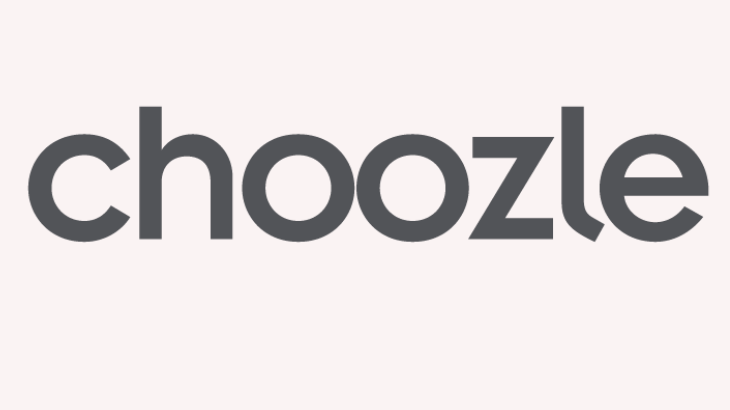
The advertising industry is transforming, driven by the need for transparency and efficiency in media buying. Amidst this evolution, the concept of unbiased media buying has emerged as a critical strategy for advertisers aiming to maximize their return on investment. What exactly does unbiased media buying entail, and why is it becoming increasingly important for businesses of all sizes?
Defining Unbiased Media Buying
Unbiased media buying involves the impartial selection of media placements, prioritizing the advertiser's outcomes above other factors. It empowers decision-making based solely on the effectiveness of tactics, channels, and platforms. By adopting a data-driven approach, advertisers can maximize outcomes by strategically shifting media to achieve the most impactful results.
The essence of this approach is to optimize advertising spend so that each dollar invested works as hard as possible to engage consumers, drive conversions, and build brand awareness. Removing the bias of pre-existing assumptions of channels, vendors, and platforms can enable advertisers to balance their media spending to the greatest effect. While relationships may still hold significance, particularly if they offer pricing discounts that enhance a channel's yield, they should not be the primary determinant in decision-making.
Adam Woods, CEO of Choozle, champions this approach, recognizing its potential to democratize advertising technology. "Our goal is to make sophisticated advertising technology accessible to all businesses, regardless of size. By leveraging unbiased media buying, we level the playing field, empowering businesses to engage with their audiences in meaningful ways." Woods' vision reflects a commitment to breaking down the barriers that have historically made cutting-edge advertising technologies and strategies the preserve of the largest players with the deepest pockets.
Under Wood's leadership, Choozle has not only expanded its omnichannel solutions but also prioritized precision. By gaining deeper insights into the media channels used by advertisers, Choozle optimizes across entire budgets. Their commitment ensures that clients reach the right audience at the right time and in the right context.
The Significance of Unbiased Media Buying
Unbiased media buying extends beyond the immediate benefits of improved advertising efficiency and effectiveness. It represents a broader move towards transparency and accountability in the advertising industry. Now that consumers are increasingly concerned about privacy and the ethical use of data, this approach offers a way for advertisers to build trust. By prioritizing data-driven insights over subjective preferences or opaque relationships, advertisers can demonstrate a commitment to respecting their audience and investing in meaningful, relevant engagements.
Moreover, unbiased media buying facilitates a more competitive and dynamic advertising ecosystem. When media placements are determined by performance metrics rather than relationships, it encourages publishers and platforms to continuously improve the quality of their offerings and the effectiveness of their engagement with audiences. This not only benefits advertisers but also enhances the overall consumer experience, contributing to a healthier, more vibrant media landscape.
Media Mix Modeling
Choozle is introducing Media Mix Modeling as a powerful addition to their toolkit. This innovative capability provides deeper insights into the intricate dynamics among various media channels, all without relying on third-party cookies. By leveraging this technology, Choozle can simulate different scenarios, offering precise guidance to advertisers on how to improve core business metrics rather than solely focusing on leading indicators.
For instance, when an advertiser aims to increase leads by a certain percentage, Choozle meticulously analyzes their media mix. Their recommendations can involve reallocating existing advertising spend to new channels and tactics or strategically allocating incremental budgets where they will yield the most significant impact.
Navigating the Complexity of Digital Advertising
The digital advertising industry is vast and complex, with a myriad platforms, formats, and strategies to consider. Unbiased media buying simplifies this complexity by offering a straightforward path to effective digital advertising. Through partnerships with leading Demand Side Platforms (DSPs), businesses can access the best programmatic services available, optimizing advertising spending and maximizing impact. This holds true when considering allocations across multiple retail media networks or when deciding between channels within a well-constructed omnichannel solution.
Woods remarks on the role of Choozle in this process: "We see ourselves as partners in our clients' success, guiding them through the digital advertising journey with transparency and support. This partnership ensures businesses have the insights and knowledge they need to make informed decisions about their advertising strategies."
The Future of Advertising Technology
The demand for unbiased, data-driven media buying solutions is expected to grow. Businesses are seeking ways to navigate the new privacy field effectively, engage customers, and achieve meaningful outcomes. Unbiased media buying, with its emphasis on transparency, efficiency, and data-driven decision-making, is poised to play a pivotal role in shaping the future of advertising technology.
Woods concludes with his vision for the future: "The digital advertising landscape is constantly evolving, and so are we. Our focus on customer success, combined with our adaptability, positions us as a leader in the future of digital advertising."
ⓒ 2025 TECHTIMES.com All rights reserved. Do not reproduce without permission.




